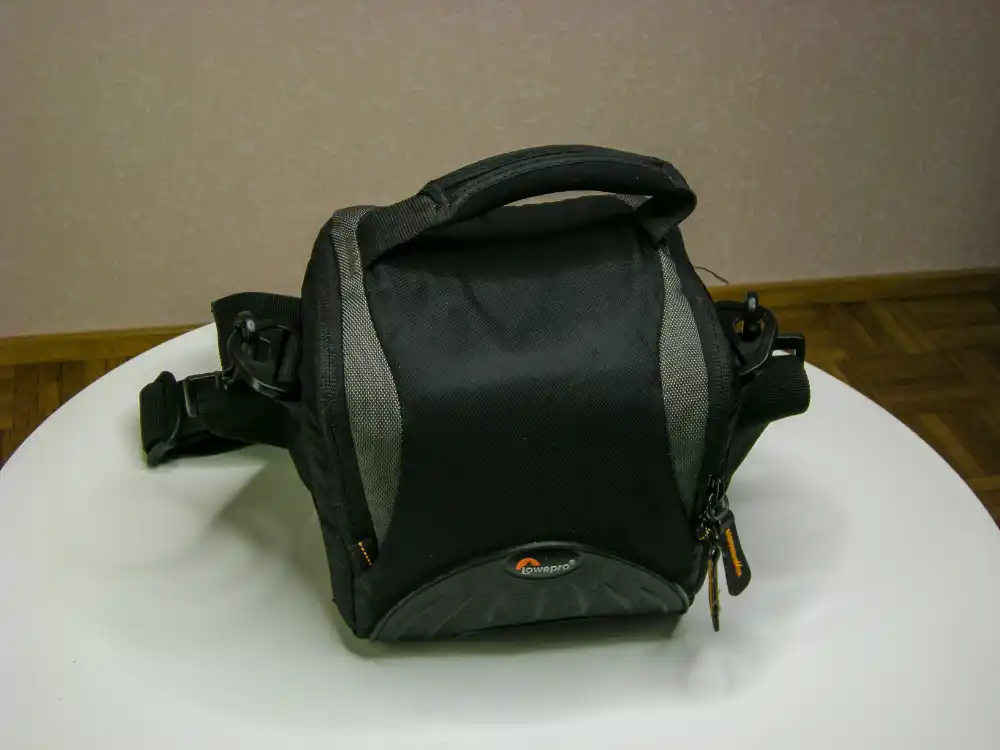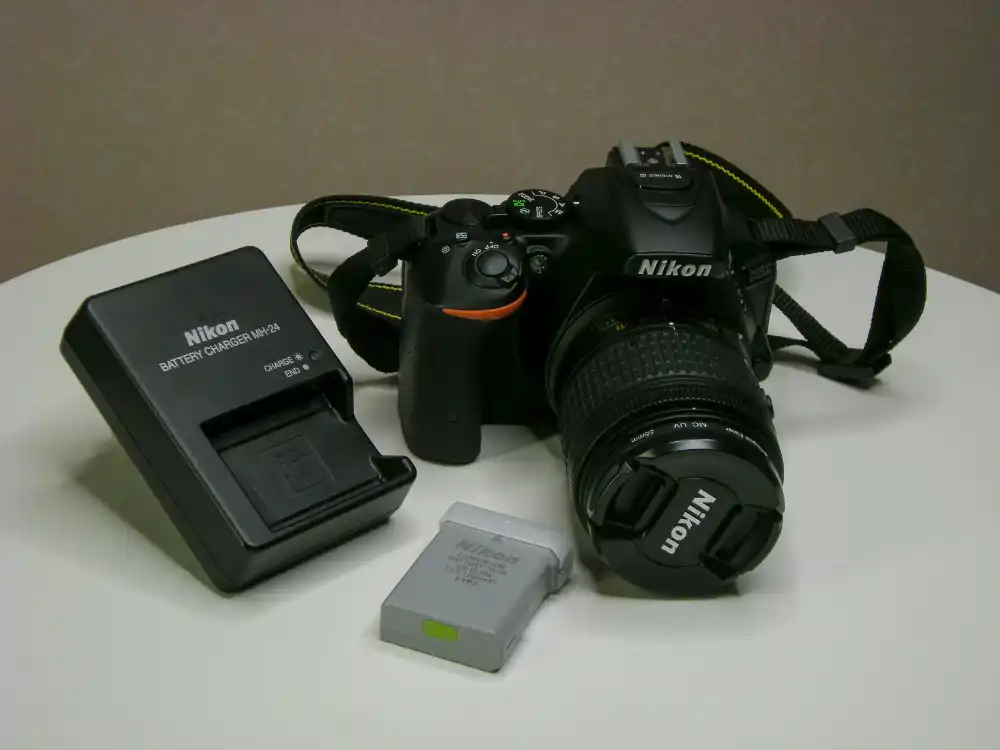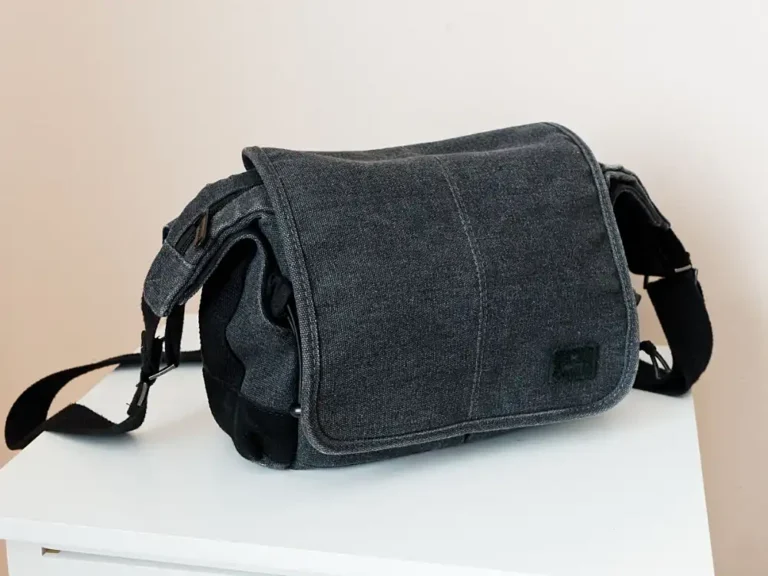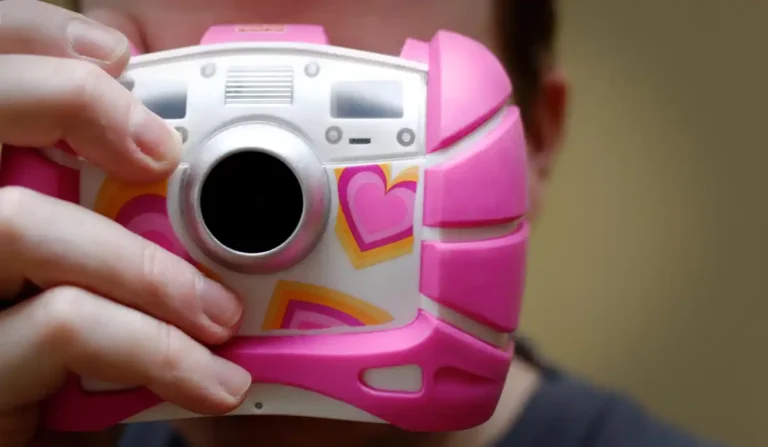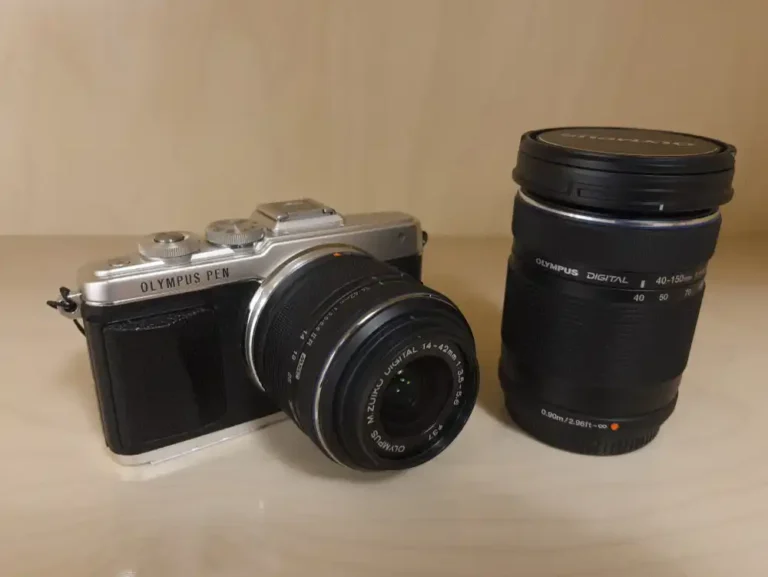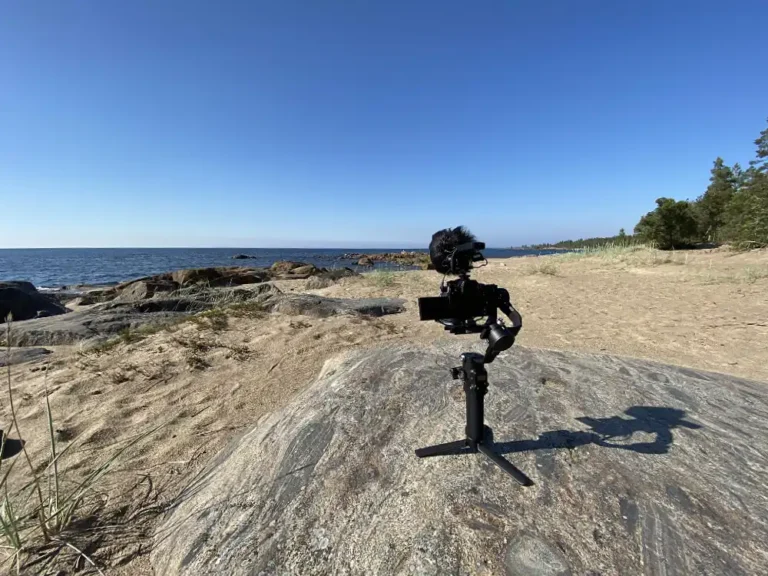Choosing the Right Nikon Entry-Level DSLR in 2024
📢 Deep Dive: Podcast on This Topic
Choosing the right Nikon entry-level DSLR can be challenging, especially with so many great used options on the market. Whether you’re just starting out in photography or looking for an upgrade from an older model, it’s important to understand what makes each camera unique. Forget the hype around older digicams and their so-called film-like look—much of that look is achieved in post-processing in Lightroom. Instead, get a reasonably priced DSLR like the Nikon D5500, with which you can capture high-quality photos. Recently, I decided to add another Nikon DSLR to my collection, and I found a great deal on the D5500. Here’s why it stood out to me among other entry-level Nikon models.
Key Considerations When Choosing an Entry-Level Nikon DSLR
If you’re in the market for a Nikon entry-level DSLR, there are a few key features to consider to help you choose the right camera for your needs:
- Size and Portability: Some models, like the Nikon D3400 and D5500, offer a compact body that makes them ideal for travel or everyday use. If you value portability, the D3400 or D5500 might be a great fit.
- Advanced Features: The D5500 combines many advanced features typically found in higher-end models, such as a:
- Fully articulating touchscreen
- Advanced autofocus capabilities
- Ability to save 14-bit RAW images
- Lack of a low-pass filter (OLPF)
- Support for AF-P lenses
- Budget: Entry-level DSLR cameras are now available at very competitive prices, especially used models. The D3400 is often the least expensive, while the D5500 and D7200 have more features but come at a higher cost.
Nikon introduced entry-level DSLR cameras without a low-pass filter starting with the Nikon D3300, which was released in January 2014. The absence of the low-pass filter enhances image sharpness and detail, allowing more direct light to reach the sensor. Additionally, Nikon introduced the AF-P focusing system in entry-level DSLR cameras in 2016. The AF-P lenses use a stepping motor for quieter and faster autofocus, making them suitable for both still photography and video recording. The first entry-level DSLRs to support AF-P lenses were the Nikon D3400 and Nikon D5600, released in 2016. Older Nikon D5500 also got the support with a firmware update starting from firmware version 1.0.1. This design choice makes the D5500 a great option for enthusiasts who value high-resolution performance.
Nikon D3400 vs. D5500 vs. D7200: Which One Is Right for You?
All three cameras—the D3400, D5500, and D7200—were released around the same time and offer different strengths. Here’s a quick breakdown to help you decide:
- Nikon D3400: This model is perfect for beginners who want a simple, lightweight camera that’s easy to use. It lacks some of the advanced controls, but its excellent battery life and straightforward handling make it a great choice for newcomers.
- Nikon D5500: The D5500 stands out for its fully articulating touchscreen, which makes framing shots from tricky angles much easier. It also includes more advanced features like a faster burst rate and additional customization options, making it a great fit for those ready to move beyond the basics.
- Nikon D7200: The D7200 is more of an enthusiast-level DSLR, offering weather sealing, dual SD card slots, and a more robust body. It’s a good choice if you need a camera that can handle more demanding shooting conditions, but it comes at a higher price and weight.
Why I Chose the Nikon D5500
After considering all the options, I decided on the Nikon D5500 because it offers the right balance between portability and advanced features. It combines the compact size of the D3400 with many of the capabilities of the higher-end D7200. It’s the perfect camera for someone who wants more control and creativity in their photography without the bulk of a heavier model.
I paid 300 euros for the D5500, which came with a Nikkor AF-P 18-55mm VR lens, an extra battery, and a camera bag—an excellent deal for what this camera offers. I also added a Nikon 10-20mm wide-angle lens, taking me back to my roots after experimenting with normal and telephoto lenses for a while.
Conclusion: Making the Right Choice
If you’re deciding between Nikon’s entry-level DSLR options, the D5500 is a fantastic choice that blends features from both beginner and enthusiast-level cameras. It offers the right balance of size, functionality, and value, especially at today’s second-hand prices. Whether you’re a beginner or an enthusiast looking for a compact upgrade, the D5500 is worth considering.
I won’t bore you with the technical specs, but here’s a brief summary of the differences between the Nikon D3400, Nikon D5500, and Nikon D7200.
| Feature | Nikon D3400 | Nikon D5500 | Nikon D7200 |
|---|---|---|---|
| Sensor Resolution | 24.2 MP (APS-C, no optical low-pass filter) | 24.2 MP (APS-C, no optical low-pass filter) | 24.2 MP (APS-C, no optical low-pass filter) |
| Dynamic Range (EV) | 13.9 EV | 14.0 EV | 14.6 EV |
| Color Depth (bits) | 24.8 bits | 24.1 bits | 24.5 bits |
| ISO Range | 100-25,600 | 100-25,600 | 100-25,600 (expandable to 102,400) |
| Autofocus System | 11-point AF | 39-point AF (9 cross-type) | 51-point AF (15 cross-type) |
| Max Continuous Shooting | 5 fps | 5 fps | 6 fps |
| Video Resolution | Full HD 1080p at 60 fps | Full HD 1080p at 60 fps | Full HD 1080p at 60 fps |
| Viewfinder | Optical, 95% coverage, 0.85x magnification | Optical, 95% coverage, 0.82x magnification | Optical, 100% coverage, 0.94x magnification |
| LCD Screen | Fixed 3-inch, 921k dots | Vari-angle touchscreen, 3.2-inch, 1.037M dots | Fixed 3.2-inch, 1.229M dots |
| Battery Life | Up to 1,200 shots | Up to 820 shots | Up to 1,110 shots |
| Built-in Flash | Yes | Yes | Yes |
| Wireless Connectivity | Bluetooth (SnapBridge) | Wi-Fi | Wi-Fi, NFC |
| Weather Sealing | No | No | Yes |
| Weight | 395 g (with battery and card) | 420 g (with battery and card) | 765 g (with battery and card) |
| Storage Media | SD/SDHC/SDXC | SD/SDHC/SDXC | SD/SDHC/SDXC |
| Total Physical Buttons | 10 buttons | 13 buttons | 18 buttons |
| Control Dials/Knobs | 1 main control dial | 1 main control dial | 2 control dials (front & rear) |
| Mode Dial | Yes | Yes | Yes |
| Top Buttons (Quick Access) | Minimal (exposure compensation, info) | A few (exposure, ISO, info) | Multiple (ISO, WB, exposure, metering, etc.) |
| RAW Bit Depth | 12-bit | 12-bit or 14-bit | 12-bit or 14-bit |
The table below compares the key features for users of the Nikon D5000 series models. Starting from the Nikon D5300, a 24.2-megapixel sensor without a low-pass filter, 39 focus areas, Wi-Fi and faster EXPEED 4 processor are available. In earlier models, one or more of these features are lacking.
| Model | Low Pass Filter | Megapixels | Weight (g) | Wi-Fi | Mic Port | Focus Areas | EXPEED processor |
|---|---|---|---|---|---|---|---|
| D5000 | Yes | 12.3 | 560 | No | No | 11 | EXPEED |
| D5100 | Yes | 16.2 | 510 | No | Yes | 11 | EXPEED 2 |
| D5200 | Yes | 24.1 | 555 | No | Yes | 39 | EXPEED 3 |
| D5300 | No | 24.2 | 480 | Yes | Yes | 39 | EXPEED 4 |
| D5500 | No | 24.2 | 420 | Yes | Yes | 39 | EXPEED 4 |
| D5600 | No | 24.2 | 415 | Yes | Yes | 39 | EXPEED 4 |
But now, let’s unbox it and see if it lives up to expectations. I received the camera today, but the 10-20mm lens will arrive later this week. Maybe I’ll have more to say about how it performs once I get a chance to test out the camera and the lens.


